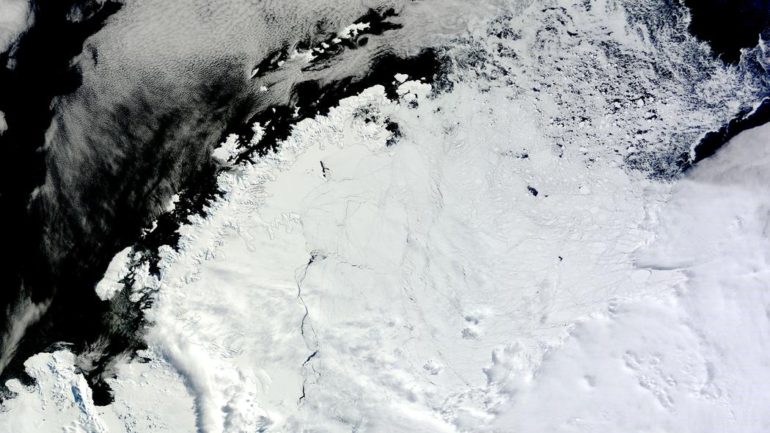A giant and mysterious hole was detected in marine glaciers of Antarctica.
As mentioned in a publication of the National Geographic, the hole had been discovered about a month ago by scientists of the University of Toronto and SOCCOM project (Southern Ocean Carbon and Climate Observations and Modeling), which watched the region via satellite, after a similar hole appeard last year.
A mysterious hole nearly the size of South Carolina has opened in Antarctica's ice https://t.co/KXqubVaIR4 pic.twitter.com/hby1EsbRTa
— Business Insider (@businessinsider) October 11, 2017
The hole—known as a polynya—is the biggest one observed in Antarctica's Weddell Sea since the 1970s https://t.co/3HEg7zBKFV
— National Geographic (@NatGeo) October 11, 2017
This year’s hole has an area that reaches 78,000 square kilometers, which makes it the largest “polynya” (as it is known the phenomenon) in the Weddell Sea of Antarctica from the decade of 1970 until today.
“In the depths of winter for more than a month, we had this expanse of open water,” says Kent Moore, Professor of physics, University of Toronto. “It’s just remarkable that this polynya was lost for 40 years and returned”.
The extremely cold winter of Antarctica makes it difficult to find such holes, so their study is difficult. Moore says that efforts are being made to find out exactly what is causing the appearance of such holes after so many years, and considers how sea mammals might use this new opening to breathe.









